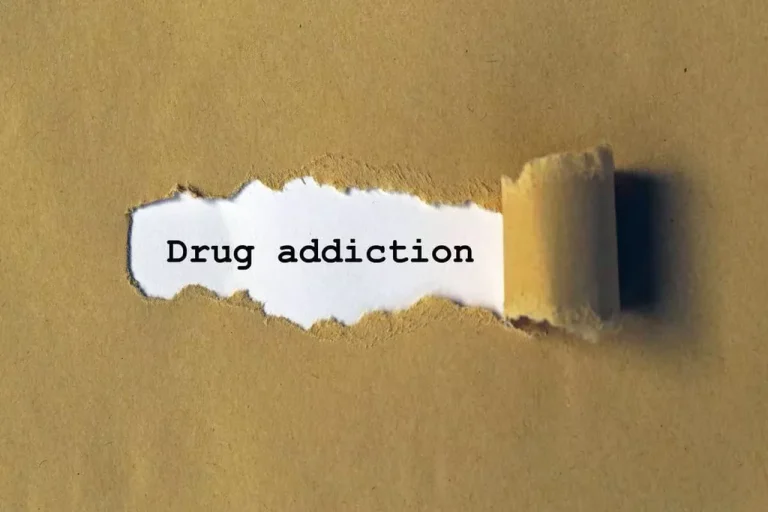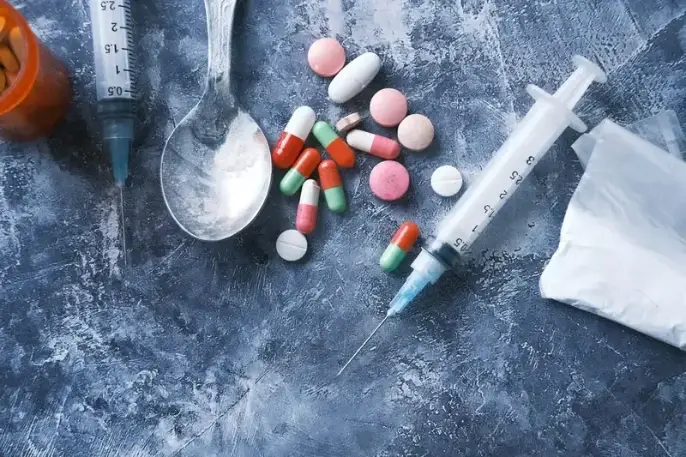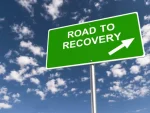Drug addiction: Dangerous disease that can destroy life

There are different types of addiction. Chemical dependency is the root cause of illnesses like alcoholism and drug addiction. It is not overstated how dangerous these disorders are substances, such as drugs and alcohol, endanger human life and health. The fact that people get dependent in both physical and psychological ways is what unites these two types of addiction. As a result, these disorders require a multi-stage, integrated therapy strategy.
Definition of an addiction
What is drug addiction? It is a condition in which the user of a certain stimulant or intoxicant loses control over their usage. They develop an obsessional yearning for the addictive drug, try to take more of it, and start to put off their studies, employment, everyday activities, and social life.
Psychoactive (psychotropic) chemicals, which include addictive compounds, have an impact on the central nervous system and, as a result, thoughts. Moreover, they may induce joyful feelings. An intense desire to use the substance grows. It is what physicians refer to as “craving”. Drugs encompass legal substances like alcohol, certain medications, nicotine, and illicit intoxicants like cocaine, methamphetamine, or heroin.
Most of the time, a psychological reliance manifests, and with time, it transforms into a physical need. Like ecstasy, some substances have just psychological effects. However, simply physical addiction never happens by itself.
Each drug addiction has adverse effects that are frequently permanent, such as:
- bodily and psychological tiredness;
- unmet social and personal requirements;
- inhibition of social contact;
- deadly outcomes, etc.
At first, a person with a drug addiction does not feel or acknowledge that they are addicted. They try to rationalize their actions by believing that “others do the same. Thus, it’s normal.” It is known as rationalization. It is essential to keep in mind that all drug addictions are diseases that need specialized medical care. Therefore, rather than waiting until there is no turning back, the fight against drug addiction should begin sooner when it is simpler to get rid of it.

Take back control of your life and start on the road to recovery now.
Mechanisms of addiction
It is vital to know how do drugs cause addiction. The requirement for a dosage results from physiological reliance. A fresh quantity of the drug is required. Addicts either suffer withdrawal or an obsessive state. The nervous system, which contains about 10 billion neurons, is the main target of drugs. The brain and spinal cord are home to most neurons (central nervous system). Neurotransmitters are unique chemicals that let neurons communicate with one another. As these neurotransmitters, endorphins — the so-called happiness hormones — maintain a person’s emotional state. All endorphins have an analgesic effect comparable to the opioid morphine. The body temporarily ceases experiencing pain after taking medication. Thus, a person can alleviate physical and psychological pain using chemicals found in medicines that either directly or indirectly make up for the absence of natural endorphins. Receptors need a fresh dosage, but when you quit using alcohol or drugs, your body’s functioning can’t revert to normal.
The effect of drugs on the body
The body’s responses might differ significantly from one another. For instance, many drugs widen pupils, raise blood pressure, and increase heart rate. It can occasionally be an indicator of drug usage. The converse occurs with heroin: blood pressure falls, and pupils shrink to the size of a pinhead. Other potential bodily responses and signs of drug addiction:
- problems with balance and orientation;
- dry mucous membranes;
- constipation;
- decreased sexual activity;
- difficulty swallowing;
- nausea, vomiting;
- feeling cold;
- eye redness;
- increased feeling of hunger;
- decreased sensitivity to alcohol.
Some drugs, including amphetamines, ecstasy, and other stimulants, can also set off hidden epilepsy and trigger an epileptic seizure. Depression and exhaustion frequently start to set in as soon as the drug’s effects stop. Despite being exhausted, some people have trouble falling asleep.
Development of addiction
Several mechanisms cause the development of addiction from casual usage:
- Suppression of other aspects of life: Addictive drugs make it easy to turn on good sensations and turn off bad ones.
- Conditioning: Situations before neutral, like the conclusion of the day, the end of a meal, watching TV, or going to a club, are now connected to consuming. They frequently cause cravings for the addictive drug as a result.
- Vicious circle: When substances are used to escape problems, a vicious loop frequently develops whereby the use of drugs exacerbates the existing environmental issues.
- Your body becomes used to an addictive substance if you use it frequently. The consumer needs a progressively more addictive chemical to have the same result.
- Physical and psychological dependence can result in withdrawal symptoms, including acute cravings, trembling, anxiety, sweating, melancholy, and phobias.
An addictive drug is now used to treat the withdrawal rather than provide a desirable result.
How to get the best therapy?
Making a prognosis in the situation of drug addiction is exceedingly challenging. It varies on the length of the person’s addiction and the severity of it, as well as how fast and forcefully the addictive drug becomes addictive. The following elements are crucial to therapy’s success:
- Strong motivation to overcome addiction comprehension of the sickness, i.e., the recognition of the individual concerned that they are suffering from an addiction requiring treatment.
- Frequent engagement in an addiction-specific therapy program.
- Involvement over time in upcoming stabilization efforts.
Different factors affect how harmful medications are in the long run. These factors include the kind of addictive substance used, as well as the quantity and frequency of drug use.

Drug therapy
It aims to gradually wean the body off the addictive substance (withdraw the drug) to achieve long-term sobriety, which is the ideal outcome. Mental weaning can take a very long period, although physical detox takes a few days. It may continue for months or even years. Restlessness, anxiety, depression, suicidal thoughts, and “craving” — a robust desire to get the next dose of an addictive substance — are some psychological withdrawal symptoms (addictive pressure). Without treatment, efforts to combat drug addiction typically fail. Therefore, you must get addiction treatment from a specialist.

This can be a difficult journey, but you don’t have to go it alone. Let us be your guide and provide you the environment needed to regain control of your life and begin the path to recovery.
Help from Eco Sober Houses
Recovery can be a protracted and challenging process for someone who just stopped drinking and is now clean. You might be wondering what happens after the detox, though. Once your stay at the drug rehab facility is over, it’s time for you to return home.
A crucial period in your sobriety may be right now. The organization and structure of drug addiction treatment programs frequently aid in maintaining sobriety, and the possibility of loss after the program is done endangers your ability to recover. Eco Sober Houses enters the picture in this situation. These residential institutions offer the framework and assistance needed to get this addiction treatment. They are intended to serve as a passageway from inpatient care to society.
The center upholds the principles of a sober lifestyle, family values, and preservation. Consequently, measures of the further reintegration of addicts into society, adaptation, and return to employment, as well as rehabilitation programs, were devised. To receive a free, confidential consultation, call the hotline. If you put your faith in Eco Sober Houses’s expertise, starting a new life is simple.
If you put your faith in Eco Sober Houses’ expertise, starting a new life, even after facing the most addictive drug, is simple.




